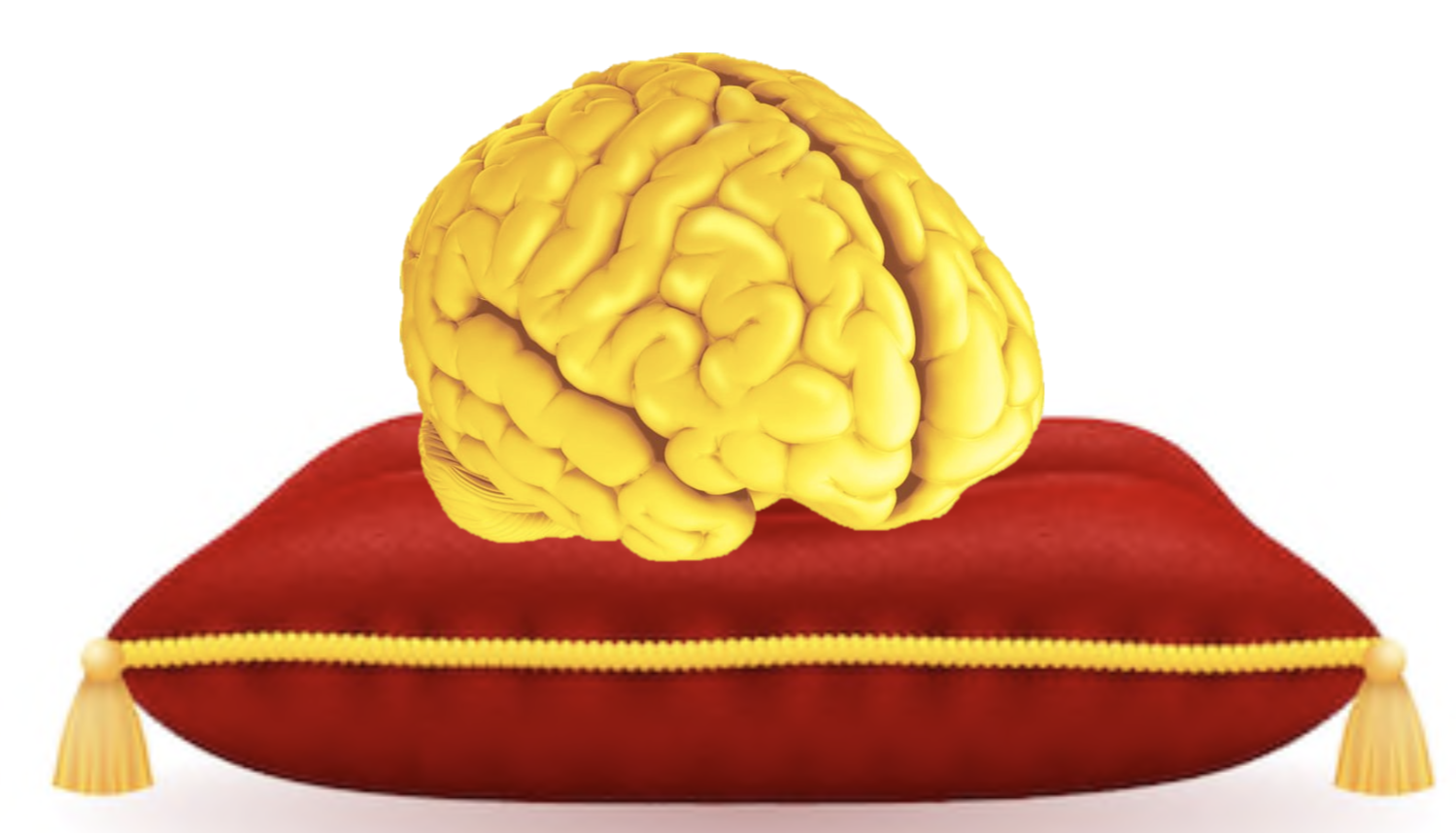First Toy Mathematical Instrument Maker to the King
If there’s one thing monarchs like, it’s a title. Titles create order and structure and simultaneously confuse and dazzle Americans. After years of stalking royals, I’m familiar with most of them, from duchess to earl to Queen Clarice’s Order of the Rose. But in researching George III for this month’s series, I came across a new title that I just had to share with our readers: mathematical instrument maker to the King.

Stefanie mentioned in Week One of our series that George was the first British ruler to learn science as part of his official curriculum. His tutor, John Stuart, 3rd earl of Bute, exposed him to “natural philosophy”, as science was called at the time. The Enlightenment era was just emerging and with Stuart’s influence, George became an enthusiast of all things physics and math. And this interest extended outside of the classroom. According to the Science Museum in London, “George III hoped to demonstrate that he governed the nation according to reason and virtue, so that his citizens would also aspire to these values. Furthermore, both Bute and the King believed that physically using instruments and undertaking mathematical exercises helped to cultivate the rational mind.”
Although George’s rational mind was besieged by illness in his later years, his passion for the natural sciences continued. He maintained an impressive collection of scientific instruments, now a popular installation at the Science Museum. And while instrument makers were a dime a dozen in London at the time, there were two men in particular that the king relied on to create his impressive contraptions: George Adams Sr. and his son, George Adams Jr.
On Fleet
It turns out George’s passion for science was very trendy at the time. In the eighteenth century, London went from being the capital of the world for bangers and mash to the epicenter of scientific instrument making. According to Gerard L’Estrange Turner, a leading historian on the subject, instrument makers enjoyed a status different from other handymen. They often published scholarly articles, gave lectures, and mingled with the upper echelons of society. As scientific knowledge grew, people craved demonstrations of the natural laws and principles they learned about. Scientific instrument makers did just that, combining the craftsmanship of luxury decor with the curiosity of basic science experiments. Think desktop pendulum, but make it fashion.
.jpg?mode=max)
Although George was a customer of several instrument makers in the city, he was most loyal to a family business located on Fleet Street. George Adams opened his shop, specializing in globes and microscopes, in 1734, and worked his way up to instrument maker to the King. After he died in 1772, his son, George Jr., succeeded him. Jr. was also an optician and wrote textbooks to keep the business afloat amidst budget cuts. The Adams family business had a sizable impact on scientific exploration in its heyday, and many of their high quality creations are still in existence. But their pièce de résistance was the stunning centerpiece of George’s collection called the philosophical table.
Table Talk
The philosophical table was designed to allow for multiple demonstrations of physics principles using the same instrument. I guess versatility never goes out of style. The table had so many applications, if fact, that George Adams Sr. published an entire book devoted to it, entitled A Description of An Apparatus for explaining the Principles of Mechanicks [sic] made for His Majesty King George the Third. It was a rather unimaginative title, but Adams’ creation was anything but. Pillars at the end of the table were used to attach different instruments that could be used to investigate collisions and central force and there was also an apparatus that demonstrated how a carriage works. Over the years, the Adams family would also contribute instruments that allowed investigation of air pressure and simple machines. Their inventions captivated the mind of King George, and continue to inspire awe from museum goers.


Gadgets and Gizmos Aplenty
I hated physics in college, but there is something to be said for how simply basic physics principles can be demonstrated. By dreaming up ways to illustrate scientific discoveries, the Adams duo made science accessible and engaging. In the end, George’s commitment to scientific learning could not save him from the grip of neurological illness, but his passion influenced a generation of experimenters and tinkerers. Not bad for a mad king.
References
George III: A royal passion for science. (n.d.). Retrieved from https://www.sciencemuseum.org.uk/objects-and-stories/george-iii-royal-passion-science
Tapdrup, J. (2002, July 01). Adams of Fleet Street: Instrument Makers to King George III (review). Retrieved from https://muse.jhu.edu/article/33990Turner, G. (1976).
The London trade in scientific instrument-making in the 18th century. Vistas in Astronomy, 20, 173-182. doi:10.1016/0083-6656(76)90029-5

